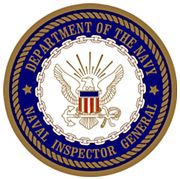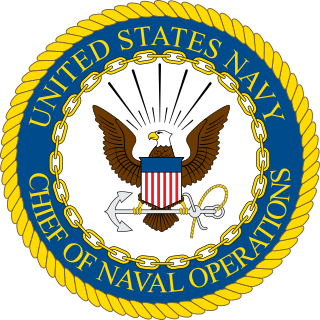
The chief of naval operations (CNO) is the professional head of the United States Navy. The position is a statutory office held by an admiral who is a military adviser and deputy to the secretary of the Navy. In a separate capacity as a member of the Joint Chiefs of Staff, the CNO is a military adviser to the National Security Council, the Homeland Security Council, the secretary of defense, and the president. The current chief of naval operations is Admiral Michael M. Gilday.

The First Fleet was a numbered fleet of the United States Navy, in operation from January 1947 to 1 February 1973 in the western Pacific Ocean as part of the Pacific Fleet. In 1973, it was disestablished and its duties assumed by the United States Third Fleet.

The vice chief of naval operations (VCNO) is the second highest-ranking commissioned United States Navy officer in the Department of the Navy and functions as the principal deputy of the chief of naval operations and by statute, the vice chief is appointed as a four-star admiral.

The Tailhook scandal was a military scandal in which United States Navy and U.S. Marine Corps aviation officers were alleged to have sexually assaulted up to 83 women and seven men, or otherwise engaged in "improper and indecent" conduct at the Las Vegas Hilton in Las Vegas, Nevada. The events took place at the 35th Annual Tailhook Association Symposium from September 5 to 8, 1991. The event was subsequently abbreviated as "Tailhook '91" in media accounts.

Albert Thomas Church III is a retired vice admiral in the United States Navy. Church served as on active duty for 36 years, retiring as a vice admiral in 2005. During his service he commanded two warships, the Navy's largest shore installation at Naval Station Norfolk, Virginia, and was the longest-serving budget director of the Navy (1998–2002). Church also served as the Naval Inspector General, during which time he completed a comprehensive review of interrogation techniques used by the Department of Defense in Iraq, Afghanistan, and at Guantanamo Bay, Cuba. He is currently president of Prescient Edge Corporation, a US-based national security services and technology Firm.
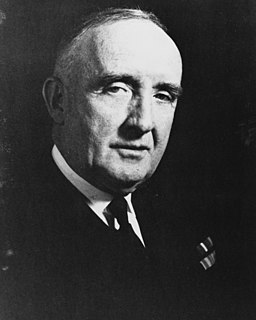
Charles Philip Snyder was a four-star admiral in the United States Navy who served as the U.S. Navy's first Naval Inspector General during World War II.
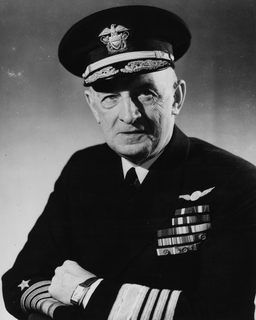
Admiral Frederick Joseph Horne was a four-star admiral in the United States Navy. As the first Vice Chief of Naval Operations, he directed all Navy logistics during World War II.

Raquel Cruz Bono is a retired vice admiral in the United States Navy, and the former director of the Defense Health Agency.

The Chief of Naval Research is the senior military officer in charge of scientific research in the United States Navy. The Chief of Naval Research has a rank of Rear Admiral, and is in charge of the Office of Naval Research.

John G. Hannink is a retired United States Navy officer. He last served as the 44th Judge Advocate General (JAG) of the United States Navy. He assumed the position on September 12, 2018 following the retirement of Vice Admiral James W. Crawford, III and relinquished it on August 18, 2021 to Darse Crandall.
Charles Willis Fisher Jr. was a highly decorated officer in the United States Navy with the rank of Rear admiral. During World War II, Fisher served as Director of Shore Establishment Division.
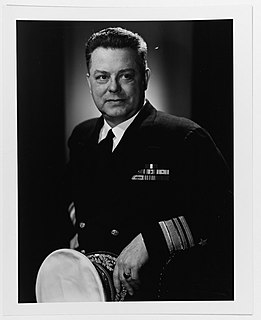
Willard Augustus Kitts III was a highly decorated officer in the United States Navy with the rank of Vice Admiral. An ordnance expert and veteran of several campaigns in the Pacific Theater during World War II, he distinguished himself as Commanding officer of heavy cruiser USS Northampton, which was sunk during the Battle of Tassafaronga in November 1942.

Frank Dixon Whitworth III is an active duty United States Navy vice admiral and career intelligence officer who serves as the eighth director of the National Geospatial-Intelligence Agency since June 3, 2022. He most recently served as the Director for Intelligence of the Joint Staff.

John Vincent Fuller is a United States Navy vice admiral who serves as the 42nd Naval Inspector General since June 11, 2021. Prior to that, Fuller served as deputy director for force protection of the Joint Staff and before that as the director of strategy, plans, and policy of the United States Northern Command.
